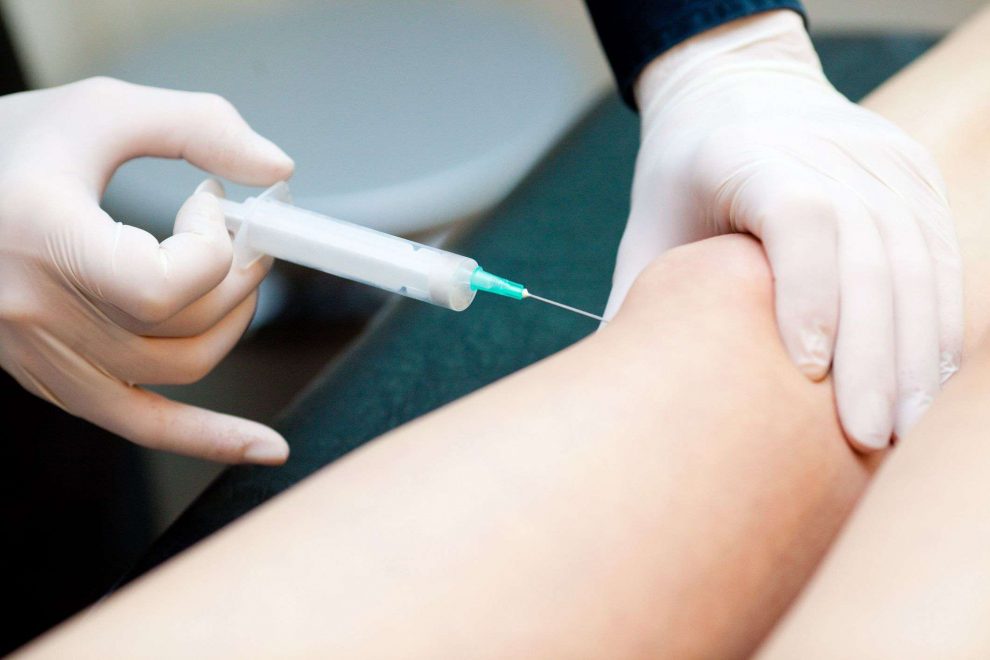You might be susceptible to joint pain as you age or after a severe injury. Joint pain can severely affect your daily life if not properly managed, and even doing simple tasks like walking becomes a challenge. If your joint pain is still persistent even after medications and physical therapy, you might need to consider joint injections as your treatment option. If you are considering this treatment option, talk to a joint injections San Antonio specialist to know whether it is suitable. Learn more about joint injections and how they help you relieve pain.
What Conditions Are Treated Using Joint Injections?
Joint injections use various anesthetics and medications to relieve pain caused by degenerative and inflammatory-joint diseases. These diseases can affect the larger joints, including the surrounding tissues, tendons, and ligaments.
Degenerative and inflammatory joint diseases, such as arthritis, can cause wear and tear in your knees, wrists, or shoulders. You might feel intense pain, especially during the cold seasons. A joint injection might be your best option if other pain reliever medications fail.
What Benefits Can You Expect From Joint Injections?
Depending on the severity of your pain, a joint injection can effectively reduce your symptoms within a shorter period. Also, you do not need to take time to prepare for treatment since it is a quick procedure that takes 10 to 20 minutes. Unlike other invasive treatment options, joint injections are less painful and do not lead to scarring.
After treatment, you might or might not have side effects, depending on how many injections you have received. You can also combine joint injections with other pain reliever treatment options for effective results.
Which Are the Common Types of Joint Injections?
Three main types of joint injections help relieve pain in different ways. They include corticosteroids, hyaluronic acid, and placental tissue matrix (PTM) Injections. The corticosteroid injections, also known as steroid shots, help to reduce pain and inflammation in affected areas such as the knee, spine, hip, shoulder, and wrist.
You can expect to feel relief from corticosteroid injections after 48 or 72 hours, and it can last up to three months. Hyaluronic acid injections are gel-like injections that act as a lubricant to help your joints function properly and smoothly. They are mainly used for patients with osteoarthritis but can also be used by those with persistent joint pains.
Placental tissue matrix (PTM) Injections are not quite common. They use placental tissues to help reduce pain and inflammation and restore damaged skeletal tissues in your body.
What Happens During a Joint Injection Procedure?
A joint injection usually takes a short time to complete. It can take 20 to 30 minutes, depending on the number of injections you need. To minimize the potential risk of infection, your doctor will clean and sterilize the treatment area. You will receive local anesthesia in the treatment area to make the injection less painful.
Your doctor will use x-rays to administer the injection in the designated area accurately. You might experience immediate relief after the injection, accompanied by mild soreness and swelling. Within a few days, you can expect to feel the steroid working and pain reducing.
Joint pain can sometimes be deliberating. If you have pain that does not go away with pain reliever medications, contact Cody Covington, MD, to receive joint injections. Through Dr. Covington, you receive effective joint injections and advice on how to improve your joint mobility. Call his office number or book an appointment to get answers to any questions you might have.







